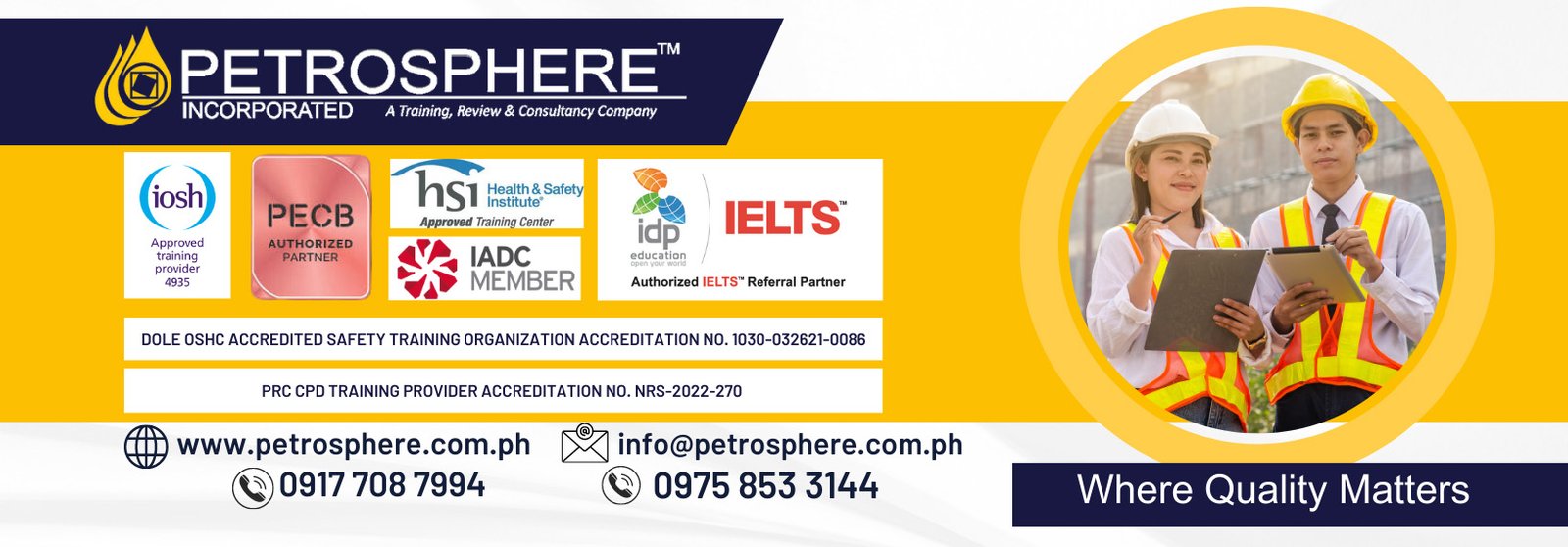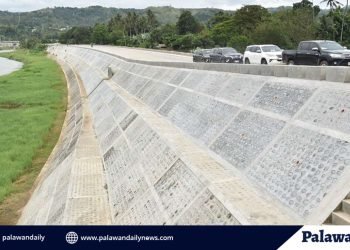One of the strategies made by local government units (LGUs) to ensure solid waste segregation at source is by incentivizing households who religiously perform the proper segregation tasks.
Therefore, behavior change among the local residents is key to maximize the impact of the solid waste management, while reduce the negative impacts of unsegregated solid wastes that end up in our overflowing landfills and even in our water bodies such as rivers, coastal areas and oceans.
Teaching the households to segregate their domestic solid wastes would definitely work if there are incentive programs offered to the community in exchange of doing proper segregation of solid wastes.
In Barangay Matictic, Norzagaray, Bulacan, a barangay near Metro Manila, their Eco-Saver’s Awareness and Incentives Campaign proved to be a laudable initiative of the municipal and barangay local governments.
The Municipal Environment and Natural Resources Office (MENRO) of Norzagaray, Bulacan distributed an Eco-Saver’s Incentive Card to barangay residents during the orientation.
The program’s mechanics are simple. The households only need to strictly follow the solid waste segregation guidelines which is reflected in the card, take evidence of their efforts, such as photos/ selfie of actual segregation. The photo will then be presented to the Punong Barangay for verification, who will personally, or assign any barangay official or barangay staff to inspect the waste segregation in the households. Once verified, the Punong Barangay will mark the card as its first approved activity.
If there are already three approved activities in the card, this will make the household eligible for a cash incentive of P500.
Households who have completed with three approved activities can still join the program by sustaining the segregation of wastes and performing other environment-friendly tasks which are reflected in the incentives card. If all tasked were complied with, the HH can request for another Eco-Saver’s incentives card from Norzagaray, Bulacan MENRO.
On the part of the waste collectors, they also record and document if these Eco-Saver’s cardholders are complying with the segregation, when they checked the solid waste receptacles, containers or waste bags from a specific household.
The experience of Barangay Matictic is a strategy that can be replicated even in a small purok or small barangay. Depending on the amount of the incentives, a city, municipality or a barangay can start incentivizing the segregation of solid wastes to ensure that it is implemented at the households, or else, shoulder the high cost of transport, segregation prior to disposal, and disposal of solid wastes in landfills, plus the negative environmental impact of unsegregated solid wastes.
In some LGUs in the country, their incentives are in a form of basic goods such as rice, noodles, canned goods, detergent, milk, coffee, and other grocery items.
In other countries like South Korea, specifically in Jeju Island, their incentives to locals who segregate their solid wastes, or reduce electric and water consumption is a points in their computerized system/ card which can be redeemed at their merchants or supermarkets, like groceries, appliances, and the like.
In South Korea also, they implemented the Volume-Based Waste Fee (VBWF) system more than 20 years ago, in an attempt to reduce the quantity of waste and increase the rate of recycling. The result was encouraging.
The system charged higher fees for those who generate more solid wastes, a fair practice consistent with the Polluters Pay Principle considering that those who pollute our environment by way of generating more solid wastes should also shoulder its costs.
The solid waste generated in 1994 that reached 58,000 tons has shrunk to only 47,000 tons, a year after the VBWF system was enforced. Their recycling rate has also increased from only 15 percent to 24 percent in 1995.
The higher fees imposed to those who generate more solid wastes compelled South Koreans to reduce their wastes, or else pay for it at higher cost.
Proper segregation of solid wastes can be included as part of social marketing considering that social marketing aims at promoting behaviors that benefit society as well as an individual.
Simply telling barangay residents that a new behavior like proper segregation of solid wastes would be good for them is not enough.
It is important also to educate them that not all that they dispose of are trash but most of it are still resources, if they are only properly segregated and managed.
The bottom line is not simply to improve awareness or change attitudes towards the issue like solid waste management, but to empower them to take the desired behavior. This will pave the way towards a lasting impact in the barangay, in the community, and in the city, which will result to litter-free, clean, and healthful environment with less yet properly managed solid wastes.





















Discussion about this post